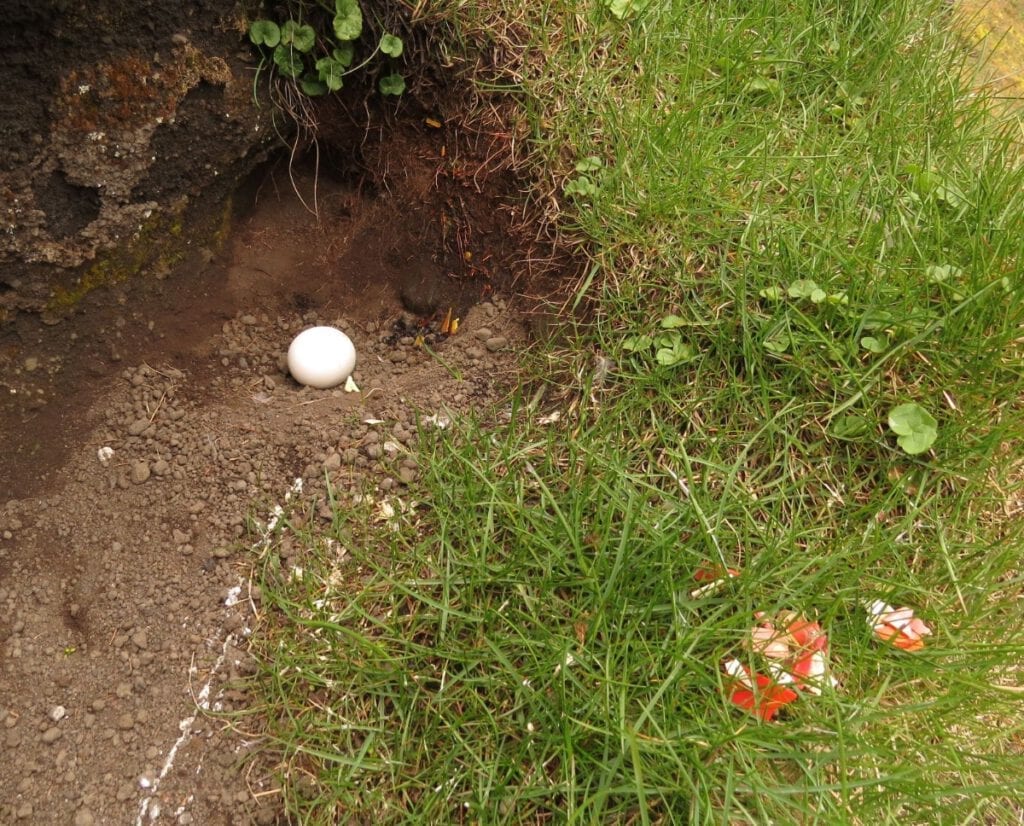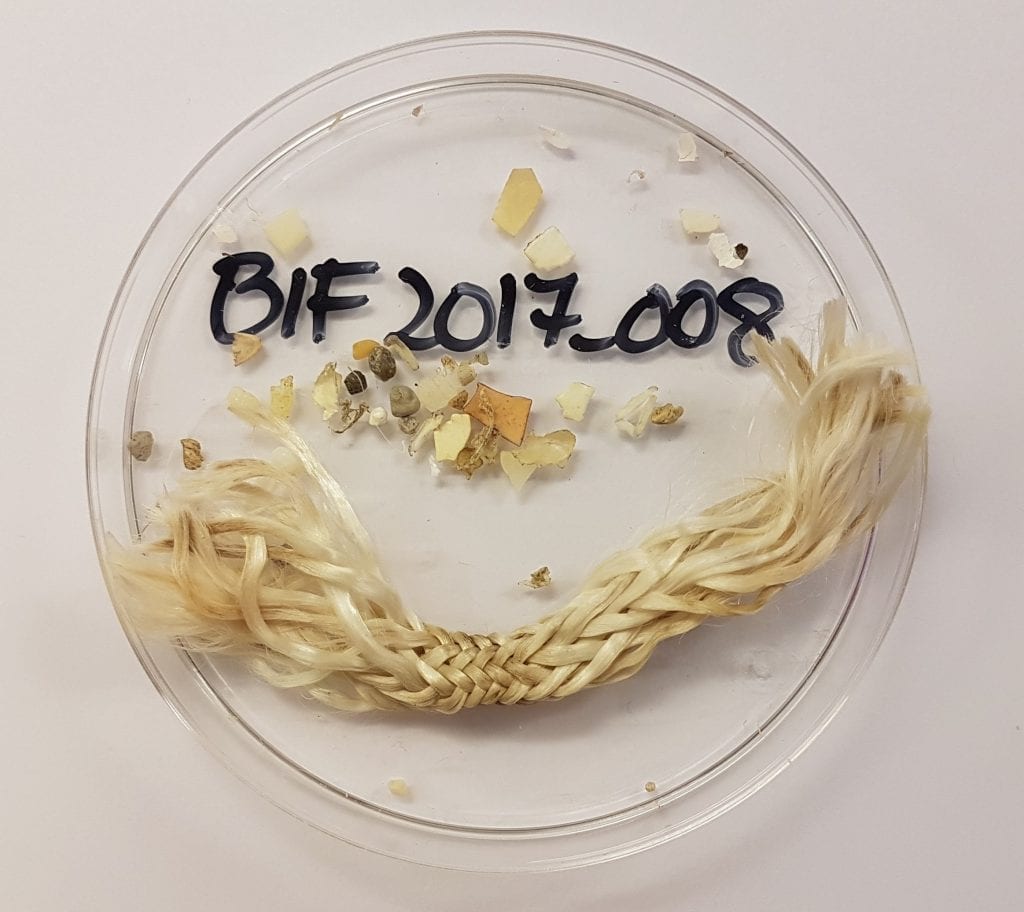Workshop on plastic in seabirds
Workshop in Tromsø
In early October, 14 seabird scientists, environmental chemists and ecotoxicologists met at the Fram Center in Tromsø to discuss how monitoring of plastic in seabirds can be included as part of the monitoring work. To ensure that the monitoring data represent a large geographical area, the scientists discussed which species to focus on based on what the birds eat and where they forage. The workshop was financed by the research programme “Plastic in the Arctic” at the Fram Center, and the participants were researchers from the Norwegian Institute for Nature Research (NINA), Norwegian Polar Institute (NPI), NILU – Norwegian Institute for Air Research, Norwegian University of Science and Technology (NTNU) and University of the Highlands and Islands in Scotland.
The researchers also discussed what kind of samples to collect.
– “We assessed what samples would be the most useful with a minimum negative impact on the birds and concluded that it will be most appropriate to collect faeces, regurgitations and prey items that adult birds carry in their beaks to feed the chicks”, says Nina Dehnhard at NINA, who initiated the workshop.
Indicator of plastic in the environment
The researchers would like to focus on microplastic from 0.2 to 5 mm in size. This is plastic that the birds ingest along with the prey items.
– “We want to find out if seabirds can be used as indicators of plastic in the environment and to quantify the amounts of plastic accumulating in the food chain. This has important implications for humans eating fish”, says Dehnhard.
Pilot studies in 2020
The plan is to conduct pilot studies in the coming year before full-scale, long-term monitoring can be implemented in SEAPOP.
– “We have no idea know how much plastic we will find in regurgitations and faeces from the different species. We need to know the scale of it before we can decide how many samples are needed to determine temporal trends”, says Dehnhard.
The researchers assumed that birds that forage mostly at the surface ingest more plastic than diving species. They will also use the pilot studies to assess variations in amounts of plastic through seasons and years.
– “We would like to start collecting samples already next year, but we need extra financing to go through with all the investigations”, says Dehnhard, and continues:
– “In the long term we want to find out if ingestion of plastic affects the breeding success and survival of seabirds, both of which are important determinants of population development. The seabird population data from SEAPOP will be an essential input for us to be able to achieve this.”
Another future step is to look into how much plastic is not regurgitated or excreted and remains in the birds, but this type of work is expensive and demanding.
Read the report summarizing the workshop:
Contact person: Nina Dehnhard, NINA
Teaser image: Susanne Kühn, Wageningen Marine Research

Photo: Ola Nordsteien, SEAPOP

Photo: Magdalene Langset, NINA
